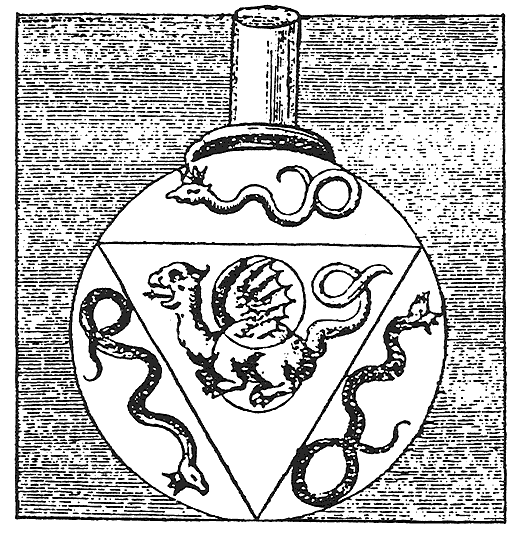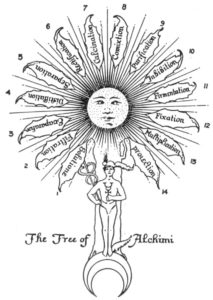 Efficient magic uses compassion as its basis. Sound too good to be true? Read on!
Efficient magic uses compassion as its basis. Sound too good to be true? Read on!
I take it that the goal of magical practice is efficiency. Sure, 100 years ago the goal was to dress up in funny robes, memorize pages of bad poetry, and have really awful sex on an altar in front of a room full of prudish hypocrites. Well, maybe that is still what some people want. I’m not judging.
But for many of us: we want something different. We want an immediate, sinuous, ever-changing communion with the serpent called transformation. She’s a kindly yet rigorous mistress, and she respects discipline, consistency, inspiration, and focus. What supports these? Compassion.
The minute I slide into a judgmental attitude, I am wasting psychic energy. I become a grossly inefficient engine. All that power wasted as incidental heat and noise. The groaning machinery of righteousness. Beneath that, the squeaky whine of self-doubt.
Yes: the more flagrant my judgment, the more I send a compensatory, undermining message to my unconscious. The more I puff up my outer ego posture, the more my interior musculature, my autonomic nervous system, atrophies. A dead tree with brittle bark and liquefied innards. That’s the unspoken ideal of righteous judgment.
Compassion is way more efficient. Instead of raging, resenting the other, I take two steps. First, I give myself empathy. NOT sympathy. I do not buy into my own narrative of victimhood (the basis of judgment), but I do acknowledge the pain and discomfort I feel. THEN, I extend my imagination and ask, “where is this person coming from?” If can imagine my way into their experience then I can discover a richer sense of meaning to their actions. I don’t have to excuse them or abandon accountability, but I also don’t have to waste my energy on confusion or resentment.
Now, this transaction also applies in relation to a) my self; b) the sinuous serpent called transformation. Instead of resenting the inevitable tide of change, I can find compassion for myself and for others. “I send myself kindness. I send you good will.” That simple. Thought stopping. When thought stops in brief moments, sigils spontaneously fire from the womb of mystery into the womb of mystery (for surely the universe is a lesbian and is her own lover).
So it appears that compassion is not only efficient, not only reverent, not only magically potent, but sexy as hell too. The more sexually enriched magic becomes, the more delightful (assuming we are talking about the ardent, exuberant, untarnished sexuality of the Feminine Mystery called Runa, the taproot of the world, free of the embarrassment called patriarchy).
Every time I cast magic, I conclude with a step toward non-attachment: “does not matter, need not be, that or something better.” Anxiety, fear, self-doubt, resentment, all of these are names for unseemly attachment. They muddy the waters of magical action. Compassion clarifies.
Most people feel very resistant to adopting compassion for either self or others, at least at first. Enspelled by the carceral state called Scarcity-Objectification-Judgment-Authority, they think that kindness to self or others is a dirty indulgence, or a giving of permission to incompetence, ill-doing, laziness, or chicanery. They think the hard strain and struggle of judgment and punishment is a sign that work is being done.
The hard strain and struggle of judgment and punishment is not a sign that work is being done. Work is being done when I do not even feel the slightest effort. When I am riding the tide of Wyrd with ease and grace.
How is this possible? Through kindness. How do I know this? By this.
 An element of sigil magic that seems necessary for effective practice is non-attachment. This is may seem paradoxical at first, since if I am indifferent to an outcome why am I bothering to throw magic at it? The answer is that desire and non-attachment can and do pair up nicely in magical practice.
An element of sigil magic that seems necessary for effective practice is non-attachment. This is may seem paradoxical at first, since if I am indifferent to an outcome why am I bothering to throw magic at it? The answer is that desire and non-attachment can and do pair up nicely in magical practice. There are a lot of ways to approach the construction of sigils. I am skeptical of the idea that any one approach can be considered the best for all purposes and circumstances.
There are a lot of ways to approach the construction of sigils. I am skeptical of the idea that any one approach can be considered the best for all purposes and circumstances.